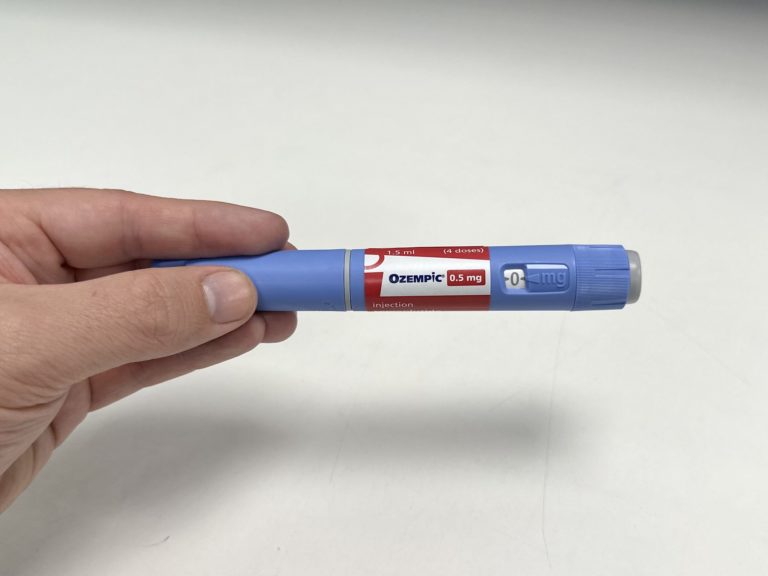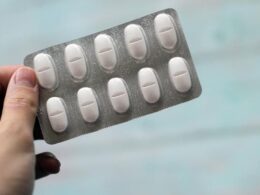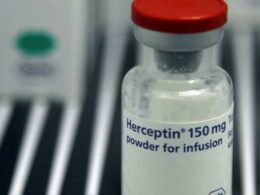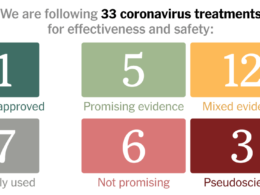health
transformation
knowledge portal
Joaquim Cardoso MSc
Founder and Chief Research and Strategy Officer (CRSO) Editor in Chief
April 5, 2024
What is the message?
The accessibility of new-generation obesity drugs, particularly glucagon-like peptide 1 agonists (GLP-1s), has become a pressing concern due to their exorbitant prices and limited availability, especially in low- and middle-income countries (LMICs).
Despite their effectiveness in aiding weight loss, these drugs remain out of reach for many due to cost-related barriers.

This summary is based on the article “Access Battle for New Generation Obesity Drugs” published by Health Policy Watch and written by Zuzanna Stawiska on April 4, 2024.
What are the key points?
High Prices: GLP-1 drugs like Ozempic, Wegovy, Rybelsis, and Trulicity have seen a surge in demand owing to their proven efficacy in weight management. However, the prices of these drugs are disproportionately high, with mark-ups reaching almost 40,000% in the US compared to estimated manufacturing costs.
Limited Accessibility: The high prices of GLP-1 drugs have made them inaccessible to patients in LMICs, exacerbating health inequities globally. Novo Nordisk and Eli Lilly, the primary producers of these drugs, have not addressed this issue by licensing the drugs for generic manufacturing or announcing affordable pricing for LMICs.
Regulatory Challenges: While the FDA has approved drugs like Wegovy for weight management, regulatory barriers and intellectual property restrictions have hindered generic manufacturing, further limiting access to affordable options.
Public Health Implications: The increasing prevalence of obesity globally underscores the urgent need for accessible weight-management medications. However, current pricing models and market dynamics prevent equitable access to GLP-1 drugs, particularly in regions where the burden of obesity is high.
What are the key statistics?
GLP-1s could be sold at a profit for just $0.89 per month, compared to prices exceeding $353 in the US.
Novo Nordisk’s profits reached nearly $15 billion last year, highlighting the lucrative nature of the pharmaceutical industry.
Obesity affects 890 million adults worldwide, with significant health and economic consequences.
The demand for Novo Nordisk’s obesity drugs quadrupled between 2019 and 2021, leading to shortages in the US market.
What are the key examples?
Senator Bernie Sanders has urged Novo Nordisk to lower the prices of its drugs in the US to align with prices in Canada, emphasizing the need for corporate accountability.
The inability to access GLP-1 drugs has hindered efforts to address the obesity epidemic, necessitating broader regulatory and pricing reforms.
Conclusion
The disparity in access to new-generation obesity drugs underscores systemic failures in healthcare delivery and pharmaceutical pricing.
Addressing these disparities requires a multi-faceted approach involving regulatory reforms, corporate accountability, and global collaboration to ensure equitable access to essential medications for all individuals, regardless of their socioeconomic status or geographic location.
To read the original publication, click here.











